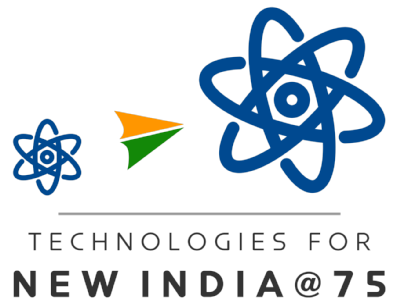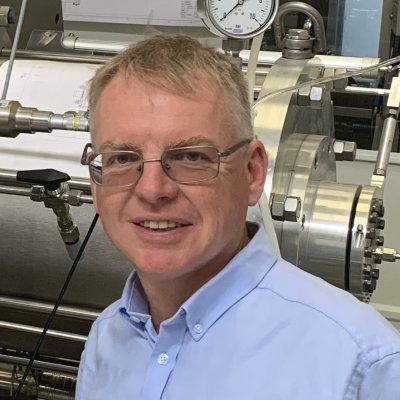Colloquium Announcement
  | Colloquium # 323
PROGRESS IN THE REALISATION OF ITER VACUUM SYSTEMS AND
MAINTAINING VACUUM QUALITY
By
Robert PEARCE
ITER Organization, France
Wednesday, 22nd March at 3:30 PM
|

Abstract
The ITER vacuum system will consist of a number of large volume vessel systems including the Cryostat (~ 8500 m3), the Torus (~1330 m3), the Neutral Beam injectors (~180 m3 each) and a large number of lower volume systems. The Vacuum System forms an integral part of the Fusion Fuel Cycle, streaming all gas originating or injected into the tokamak, through the Roughing Pumping System, to the other Tritium Plant processing systems. The design of the Vacuum Systems is particularly driven by ITER’s fusion power operational phases, where gas streams dominated by hydrogen isotopes will be pumped in a magnetic and ionizing radiation environment. More than 90% of the vacuum system will however be installed and operational for the First Plasma phase. The construction of the ITER machine is advancing and requires great attention to vacuum quality to ensure the success of the project. Particular challenges are being overcome linked to maintaining leak tightness and vacuum cleanliness in construction. The paper will show spectacular progress in the manufacturing and construction of the ITER vacuum systems, give details of the cryopump test facilities under construction and highlight details of issues related to vacuum quality being overcome.
About the Speaker
Robert Pearce graduated in Engineering Science from Warwick University in 1983. He spent the first eight years of his career working in high technology engineering design for North American, German, and UK companies. In 1991 he moved into the fusion engineering field, taking a position at world’s leading fusion facility, JET near Oxford UK. At JET he became a specialist in the field of high vacuumengineering, and led the JET Vacuum Group over many years. In 2000, he also took on responsibility of the Operations Group and subsequently held the Licence to Operate the JET machine including the last operation of JET with the fusion fuels of Deuterium and Tritium. In preparation for the ITER construction project, he was seconded in 2006 to the Max Planck Institute for Plasmaphysik in Garching, Munich to take responsibility within the European Fusion Development Agreement for the ITER fuel cycle. This consists of the fuelling, vacuum pumping systems and the tritium processing plant. He has, for the last 16 years, lead the Vacuum Section at ITER International Organization in Cadarache, France, where he is responsible for a large team of engineers working to complete the design and successfully build one of the largest and definitely the most complex vacuum systems ever to be built.

